.jpg)
506(b) vs. 506(c): Understanding the Difference for Your SPV
When you’re managing a special purpose vehicle (SPV) for investment purposes, the structure and approach you take are everything. One of the most critical decisions you’ll face is how to handle fundraising. Specifically, you’ll need to decide whether to rely on 506(b) or 506(c) exemptions under Regulation D of the Securities Act. These exemptions outline the rules for raising capital and define how you can market your offering and the types of investors you can accept.
If you’re new to SPVs or haven’t dealt with these exemptions before, the differences between 506(b) and 506(c) might seem a bit technical. But getting this decision right can have a huge impact on how smoothly your fundraising goes and how well your SPV performs in the long run.
Here’s a deep dive into 506(b) and 506(c) to help you understand their differences, advantages, and limitations so you can make the right choice for your SPV.
What Are 506(b) and 506(c)?
Both 506(b) and 506(c) are exemptions under Regulation D, which allows companies and SPVs to raise capital without registering their securities with the Securities and Exchange Commission (SEC). Registration can be a time-consuming and expensive process, so these exemptions make it easier for entities like SPVs to bring in investors efficiently.
.jpeg)
- 506(b): Often referred to as the “traditional private placement exemption,” 506(b) allows you to raise funds without publicly advertising or soliciting your offering. It requires a more private approach to investor recruitment, typically relying on pre-existing relationships.
- 506(c): Introduced under the JOBS Act in 2012, 506(c) permits public advertising and solicitation for your offering but comes with stricter requirements for verifying investor qualifications.
Both exemptions have their place, but the right one for your SPV depends on your fundraising goals, your network, and your willingness to navigate different compliance requirements.
The Key Differences Between 506(b) and 506(c)
While they might seem fairly similar on the surface, there are some unique differences between 506(b) and 506(c). Let’s take a look at a few of them:
- Advertising and Solicitation
The biggest difference between 506(b) and 506(c) lies in how you can market your offering.
- 506(b): Public advertising is not allowed. You must rely on private methods to connect with investors, such as existing relationships, referrals, or one-on-one discussions.
- 506(c): Public advertising is permitted. This means you can use marketing tools like social media, websites, email campaigns, and events to attract potential investors.
If your SPV needs broad exposure to reach investors, 506(c) might be the better option. However, if you already have a strong network of potential investors, 506(b) may work just fine.
- Investor Requirements
Both exemptions require investors to meet certain qualifications, but 506(b) is more flexible in this area.
- 506(b): You can accept up to 35 non-accredited investors, as long as they demonstrate sufficient financial knowledge or experience to evaluate the risks of the investment. However, the bulk of your investors (if not all) will typically be accredited.
- 506(c): Every investor must be accredited. You must also take reasonable steps to verify their accredited status, such as reviewing tax returns, bank statements, or other financial documents.
If you plan to include non-accredited investors in your SPV, 506(b) is your only option. But if you want to stick exclusively with accredited investors, 506(c) offers more flexibility in reaching them.
- Verification of Investors
- 506(b): Investors can self-certify their accredited status by completing a questionnaire or signing a form. You’re not required to independently verify their qualifications.
- 506(c): You must take reasonable steps to verify that all investors are accredited. This typically involves collecting financial documents, working with a third-party verification service, or having investors provide a letter from their CPA or attorney.
The verification process for 506(c) adds an extra layer of work, but it ensures your SPV is fully compliant with SEC regulations.
- Compliance Complexity
- 506(b): Easier to manage due to the lack of advertising and lighter verification requirements. It’s ideal for SPVs that want a simple fundraising process and already have access to a pool of investors.
- 506(c): More complex because of the advertising allowance and verification rules. However, it provides more opportunities for reaching a broader audience.
If you’re new to managing an SPV or don’t have the resources to handle strict compliance requirements, 506(b) might be less stressful.
Which Exemption is Right for Your SPV?
Deciding between 506(b) and 506(c) for your special purpose vehicle (SPV) is a significant decision that can impact your fundraising strategy, investor relationships, and compliance obligations. The best choice depends on your specific circumstances, including your investor base, goals, and resources. Let’s break this down further to help you decide which exemption aligns with your SPV’s needs.
- Your Investor Network
Start by evaluating your current investor network. If you already have a well-established pool of investors – such as friends, colleagues, or existing clients – you may not need to advertise your offering widely. In this case, 506(b) could be the better option. It allows you to raise funds privately, relying on pre-existing relationships and direct outreach to accredited or qualified non-accredited investors.
On the other hand, if your SPV is targeting a larger, less familiar group of investors, 506(c) is likely the way to go. The ability to publicly advertise your offering gives you access to a much broader audience, which can be particularly beneficial if your existing network is limited or you’re venturing into a new market.
With 506(c), you can leverage platforms like social media, email campaigns, or even events to attract accredited investors who may not have been on your radar before.
- Your Target Investor Profile
Consider the type of investors you’re hoping to bring into your SPV.
- If you plan to include non-accredited investors, your only option is 506(b). This exemption permits up to 35 non-accredited investors as long as they meet specific criteria related to financial knowledge or experience. However, keep in mind that managing non-accredited investors can be more complex, as you’ll need to provide additional disclosures and ensure they understand the risks involved.
- If your focus is exclusively on accredited investors, 506(c) opens up more possibilities. With 506(c), you’re required to verify that all investors meet accreditation standards, such as having a net worth of at least $1 million (excluding their primary residence) or meeting certain income thresholds. This may seem like an extra hurdle, but it ensures your investor base is financially qualified and reduces the risk of legal disputes later on.
If you’re unsure about your investor pool, think carefully about your project’s goals and whether including non-accredited investors is worth the added complexity.
- Your Resources for Compliance
Compliance requirements differ significantly between 506(b) and 506(c), so it’s important to assess your SPV’s capacity to handle these obligations.
- 506(b) has fewer compliance hurdles. Investors can self-certify their accreditation status, and there’s no need to collect detailed financial documentation. This makes it a simpler and more cost-effective option for SPVs with limited resources or smaller teams. Additionally, because 506(b) prohibits public advertising, you won’t need to invest in marketing campaigns or navigate strict advertising regulations.
- 506(c), however, demands a more robust compliance infrastructure. You’re required to take reasonable steps to verify the accreditation status of every investor. While this can involve reviewing tax returns, financial statements, or third-party verification letters, it is advisable to seek certification from a professional, such as the investor's CPA or attorney. Alternatively, issuers can use an online verification service to ensure compliance while minimizing liability. These steps add time and cost, but they also provide a higher level of certainty that your investor base meets regulatory standards.
If your SPV is equipped with the tools, budget, and personnel to manage these additional compliance requirements, 506(c) can be a powerful choice. But if you’re just starting out or want to keep things straightforward, 506(b) might be the better fit.
- Your Fundraising Goals and Strategy
Your fundraising goals play a crucial role in determining the right exemption.
- If your SPV is raising a smaller amount of capital or has a tight timeline, 506(b) may be the better choice. Its private, relationship-driven approach allows you to move quickly, focusing on investors you already know. This makes it ideal for projects where time is of the essence or where you don’t need to reach a large number of investors.
- For larger fundraising efforts or projects that require a wider pool of investors, 506(c) provides more flexibility. The ability to advertise publicly allows you to cast a broader net and attract investors who might not otherwise have been aware of your offering. This is particularly useful for SPVs working on high-value deals or targeting niche markets where accredited investors are harder to find.
Keep in mind that the scope and timeline of your fundraising effort should align with the exemption you choose.
- The Nature of Your Offering
The type of project or investment your SPV is handling can also influence your choice between 506(b) and 506(c).
- If your offering is highly specialized or appeals to a niche audience, 506(b) may work well, as you can rely on a smaller group of well-informed investors who are already familiar with the industry or asset class. For example, SPVs focused on real estate or private equity investments often use 506(b) to engage with experienced investors who understand the risks and rewards.
- If your offering is broader or appeals to a wider range of accredited investors, 506(c)’s advertising allowance can help you reach more people and generate interest from investors who might not have been reachable through private networks alone.
- Long-Term Goals
Think beyond your current SPV and consider how your choice of exemption aligns with your long-term goals. If you plan to establish a reputation in the market and attract repeat investors for future SPVs, 506(c)’s advertising potential can help you build visibility and credibility over time. The ability to market publicly allows you to grow your brand and expand your investor base for future projects.
However, if your strategy revolves around building strong, long-term relationships with a smaller group of trusted investors, 506(b) might be the better choice. Its private, relationship-driven approach fosters a sense of exclusivity and trust that can be beneficial for ongoing partnerships.
Pitfalls and Mistakes to Avoid
Whether you choose 506(b) or 506(c) for your SPV, it’s crucial to navigate the process carefully to stay compliant and protect the success of your fundraising effort. Both exemptions provide valuable tools for raising capital, but mistakes – no matter how small – can lead to regulatory issues, penalties, or strained relationships with investors. Here’s a deeper dive into the most common pitfalls and how you can avoid them.
Not Properly Verifying Investors. Verification of investor status is a critical step, especially under 506(c), where every investor must be accredited, and you’re required to take reasonable steps to verify that status. This isn’t as simple as taking someone’s word for it. You’ll need supporting documentation, such as tax returns, W-2s, or a written letter from a certified professional like a CPA or attorney.
The common pitfall here is relying solely on self-certification or cutting corners in the verification process. If the SEC reviews your offering and finds that your verification process was insufficient, it could lead to disqualification of your exemption, putting your entire SPV at risk.
Even under 506(b), where self-certification is allowed, failing to document investor qualifications properly can be a red flag. Keep clear records of how each investor met the required criteria, including their financial sophistication if they’re non-accredited.
Missteps in Advertising or Solicitation. If you’re operating under 506(b), advertising and public solicitation are strictly prohibited. This means you can’t use social media, mass emails, or any other form of public communication to promote your offering.
A common mistake is unintentionally crossing the line by discussing your offering in public forums or sending promotional materials to individuals you don’t have a pre-existing relationship with.
With 506(c), while advertising is allowed, you must ensure that all marketing materials are accurate, compliant with SEC regulations, and free from misleading statements. Overhyping your offering, using vague or exaggerated claims, or omitting critical information can not only damage your reputation but also lead to regulatory scrutiny.
To avoid these issues, work with a legal team to review all promotional content before it’s released. Ensure that any advertisements align with the factual details of your offering and don’t promise unrealistic returns.
Poor Documentation Practices. Keeping detailed and accurate records is essential for compliance under both 506(b) and 506(c). Unfortunately, many SPVs overlook the importance of thorough documentation. This can include everything from investor communications and verification records to disclosures and subscription agreements.
If your SPV is audited by the SEC or a state regulator, you’ll need to provide clear evidence that you followed the rules for your chosen exemption. Failure to produce adequate documentation can lead to fines, penalties, or even the loss of your exemption status.
Create a system for organizing and storing all relevant documents, and ensure that your team understands the importance of maintaining these records. Many SPVs choose to work with experienced attorneys or third-party administrators to manage this process and reduce the risk of errors.
Including Non-Accredited Investors Without Proper Disclosures. Under 506(b), you’re allowed to include up to 35 non-accredited investors, but this comes with additional responsibilities. You must provide detailed disclosures, often in the form of a Private Placement Memorandum (PPM), to ensure that non-accredited investors fully understand the risks involved.
One of the most common pitfalls is failing to meet these disclosure requirements or providing incomplete or unclear information. Non-accredited investors may lack the financial sophistication to evaluate complex investment opportunities, so it’s your responsibility to make sure they’re well-informed.
To avoid this mistake, work with a legal team to prepare comprehensive disclosures that address all potential risks, terms, and conditions of your offering. Ensure that non-accredited investors have access to the information they need to make an informed decision.
Ignoring Blue Sky Laws. While 506(b) and 506(c) exemptions provide federal securities law compliance, you still need to adhere to state-level securities laws, often referred to as Blue Sky Laws. These laws vary from state to state and may require you to file specific forms or pay fees to regulators in the states where your investors reside.
A common mistake is assuming that compliance with federal regulations automatically covers state requirements. This oversight can lead to fines, delays, or even legal action at the state level.
To avoid this, consult with legal experts who understand the nuances of Blue Sky Laws in the states where you plan to raise capital. File all necessary paperwork promptly and keep copies of these filings for your records.
Making the Right Decision for Your SPV
Not sure where to start? The first step is to get familiar with your options. The next step is to surround yourself with people who can help you make smart choices. Don’t try to figure this out on your own. The more strategic you are from the outset, the better your results will be!

Recent Posts
Newsletter
Get Latest News and Updates From VID.co! Enter Your Email Address Below.
Ready to get started with SPV formation?
Our team is here to guide you through every step, whether you’re launching a real estate SPV or need a tailored white label solution. Contact us today for a personalized consultation and find out how SPV.co can streamline your investment management.

.svg)


%201.svg)


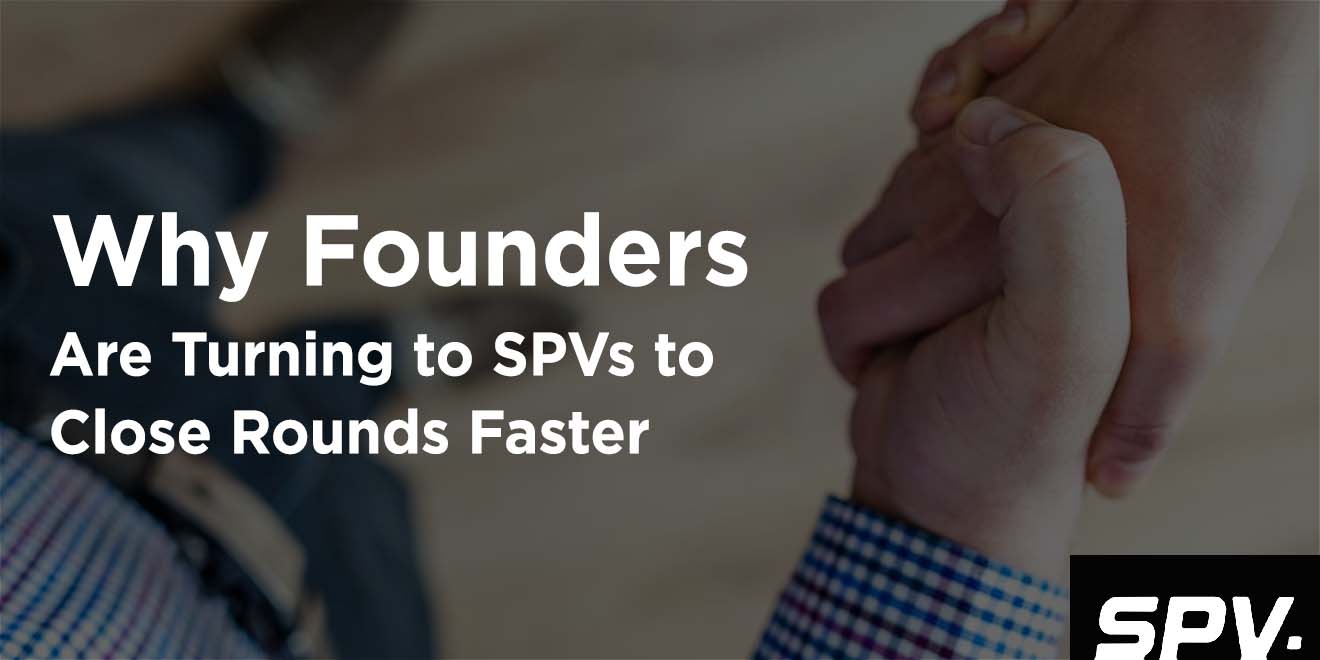
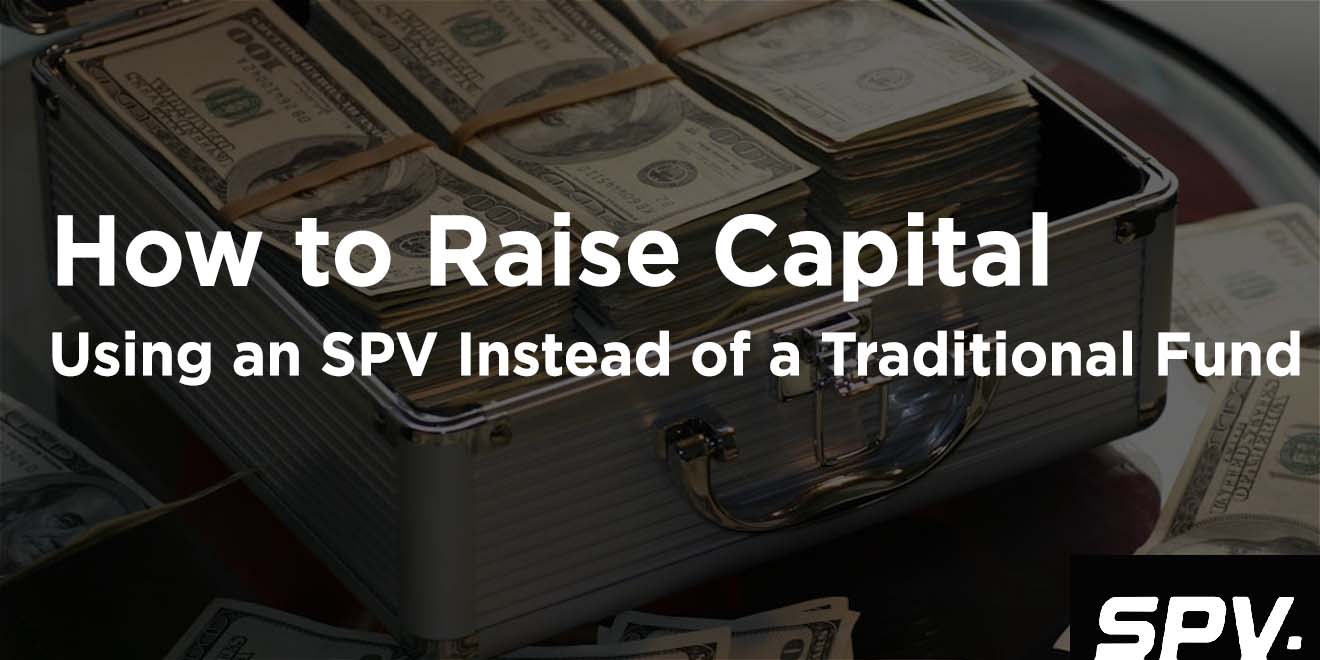
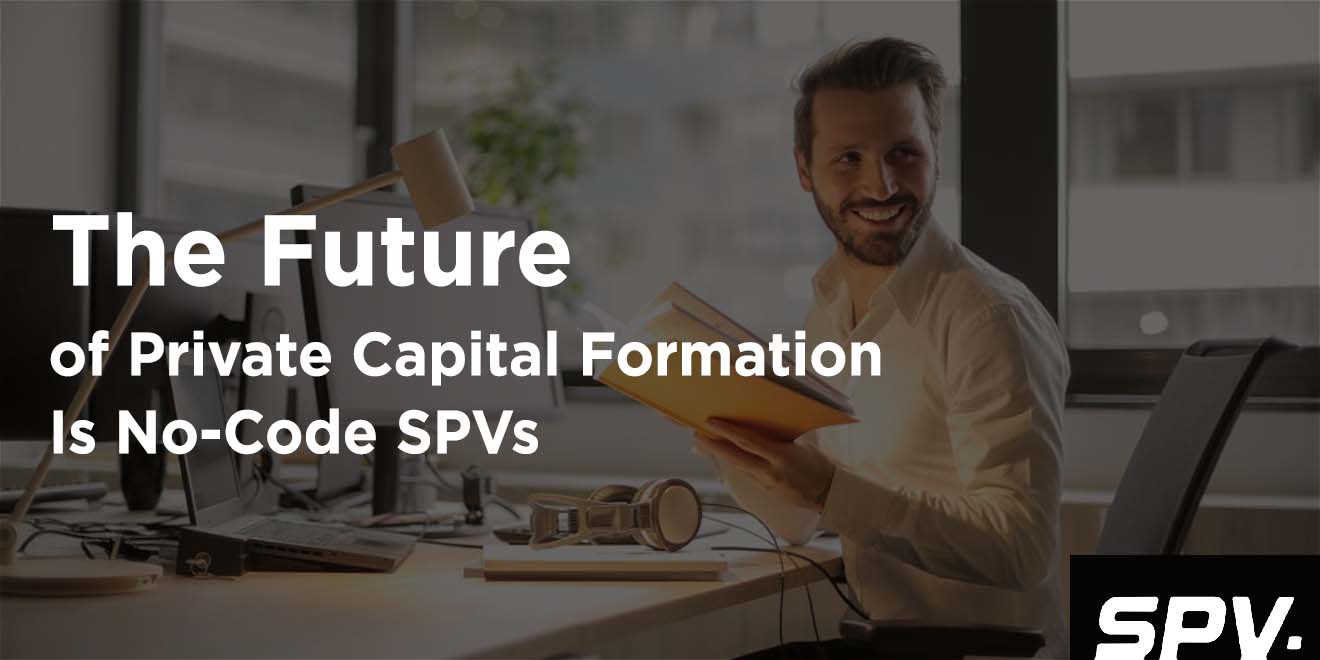
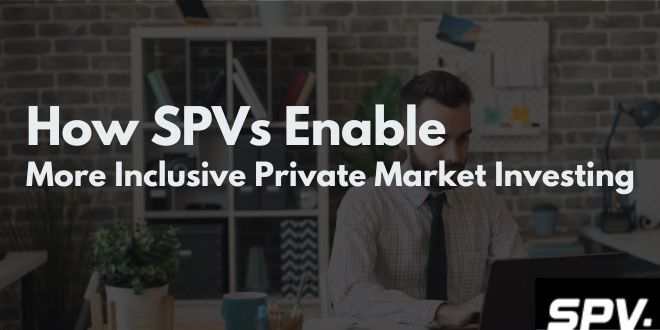

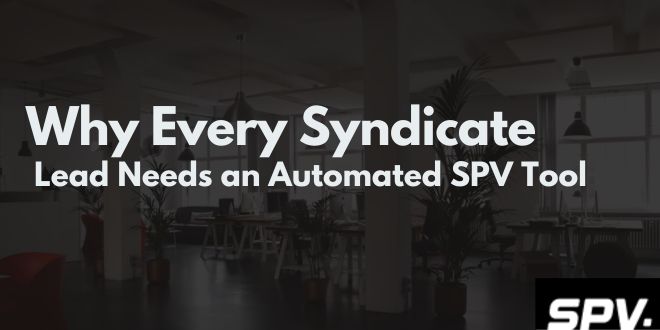
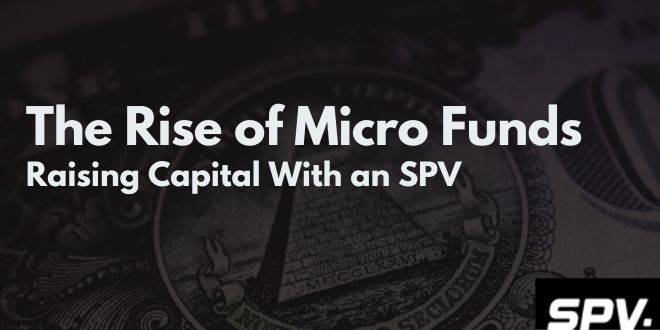
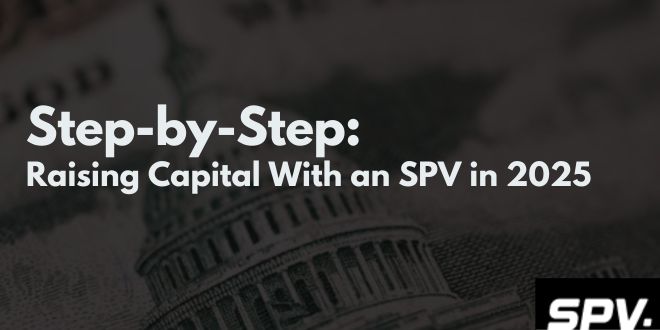
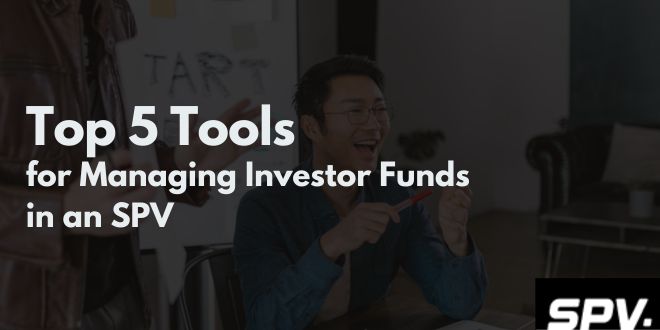
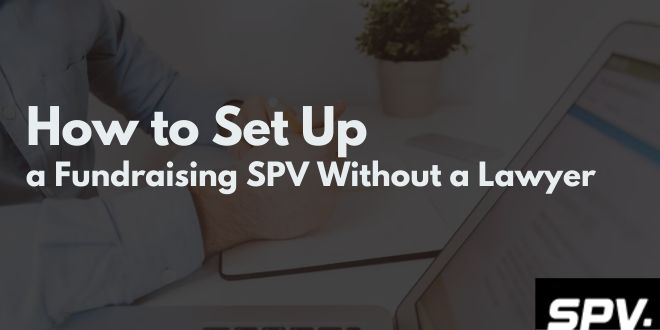
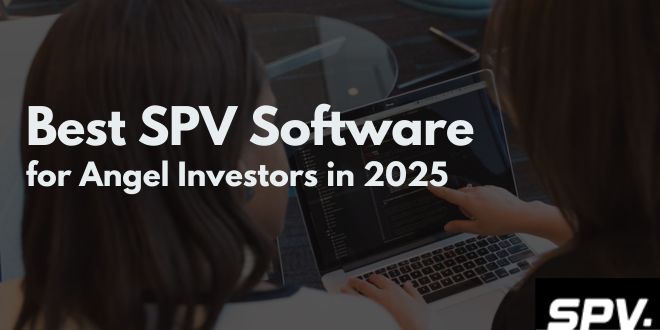
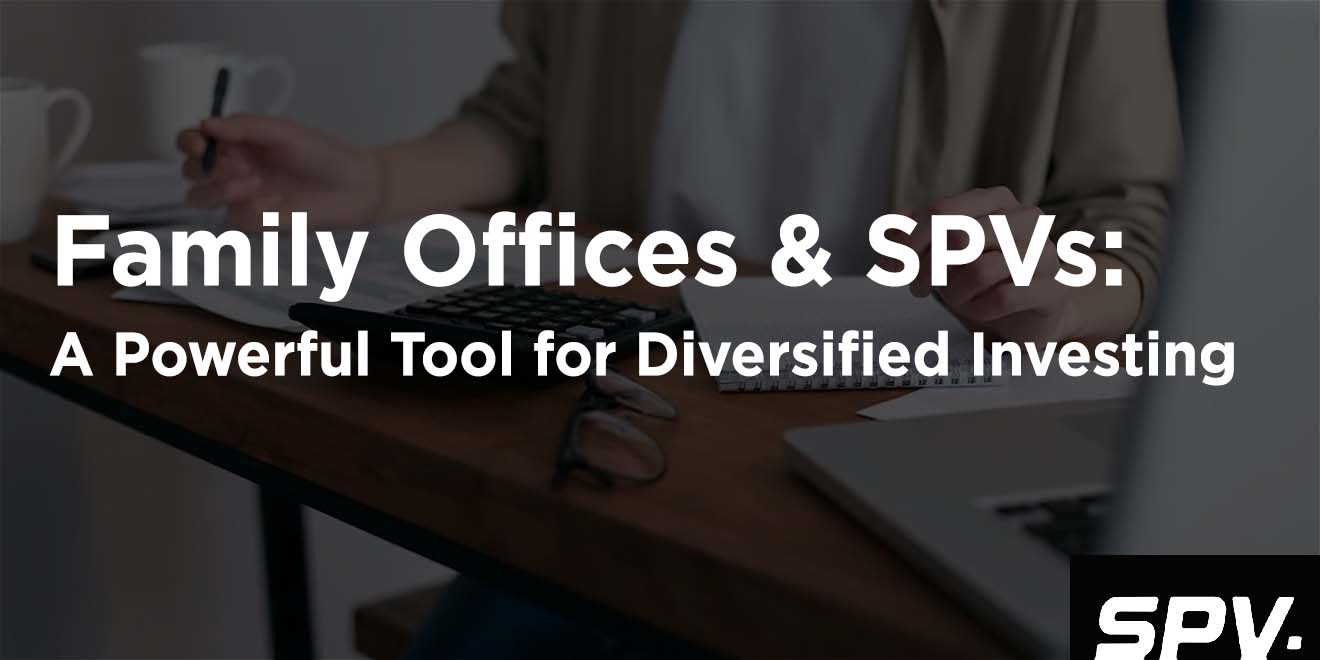
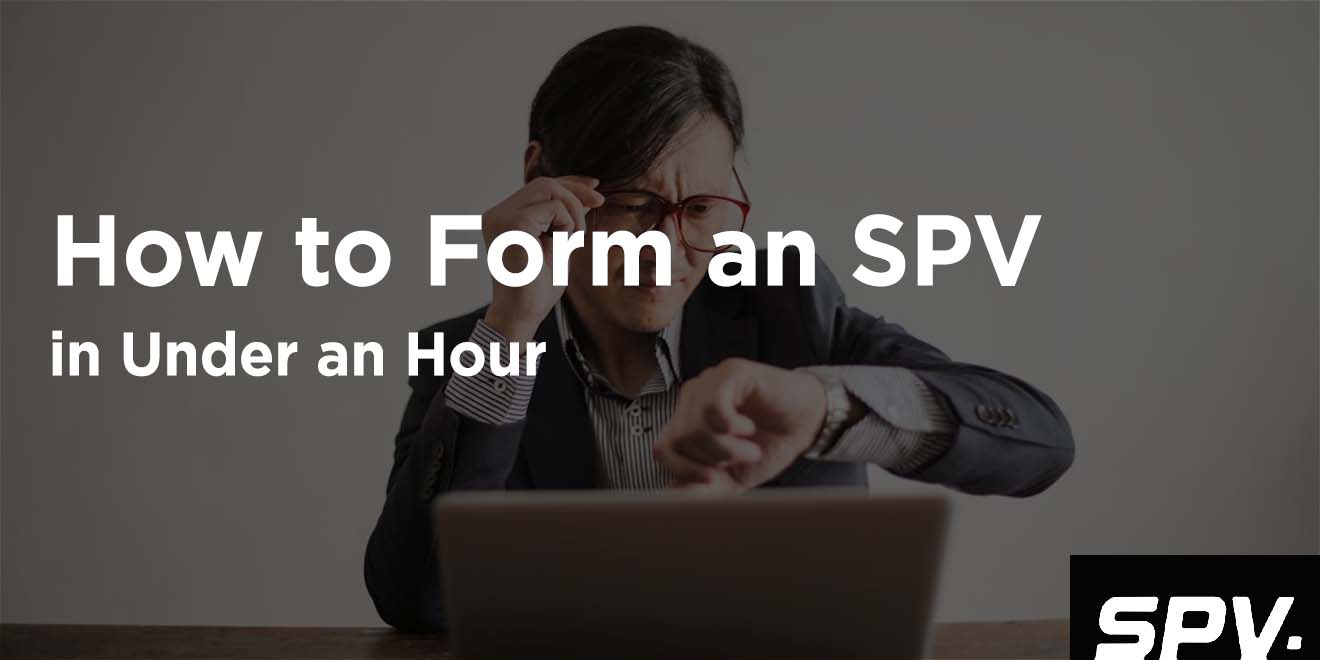
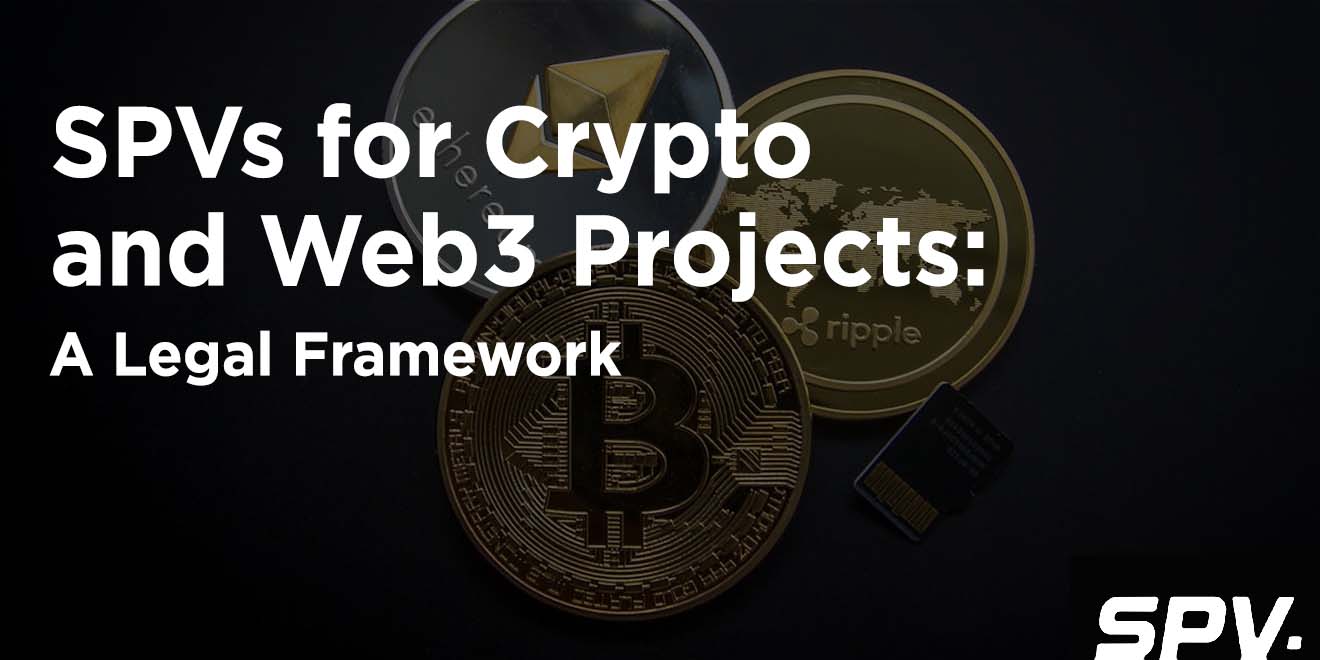

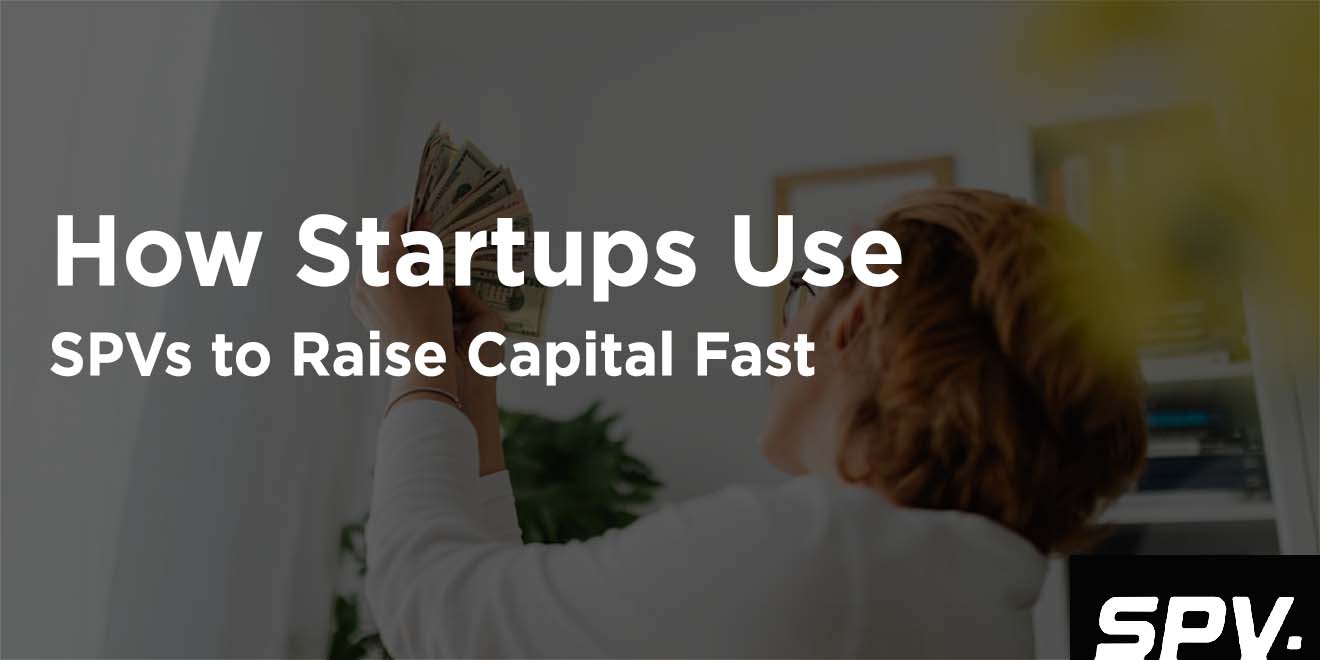
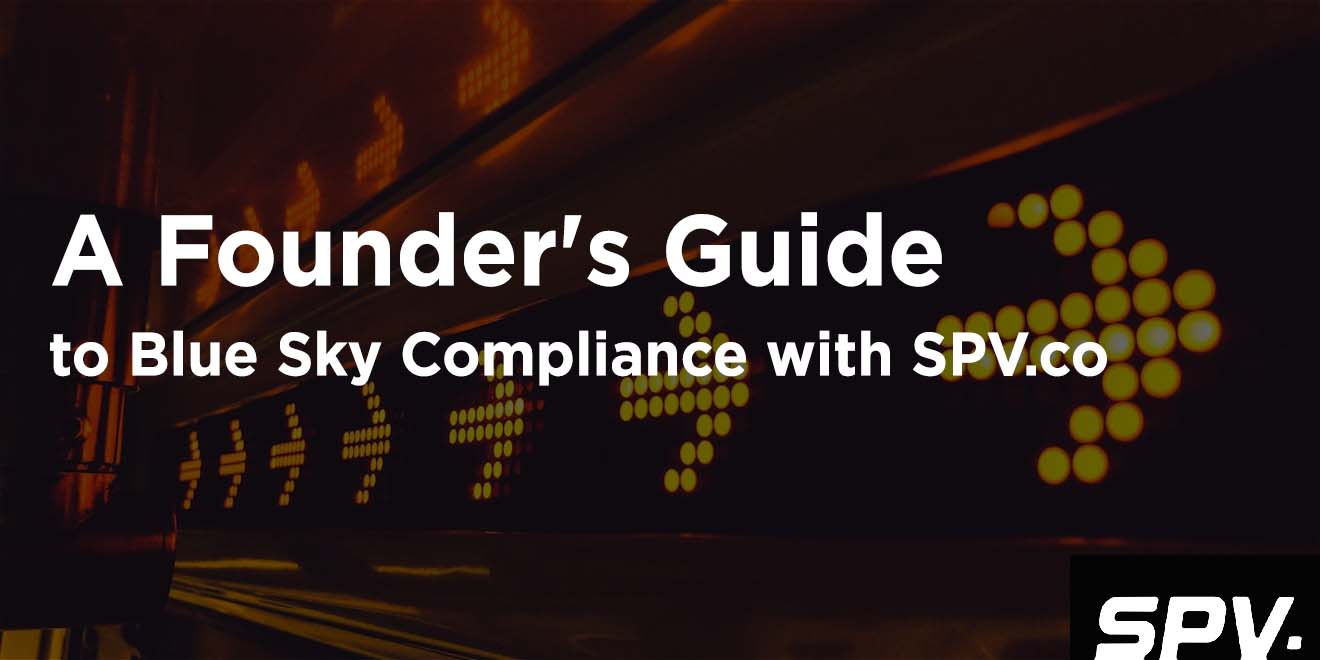

.jpg)


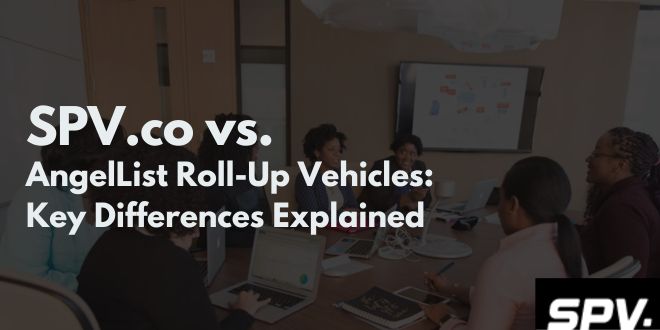

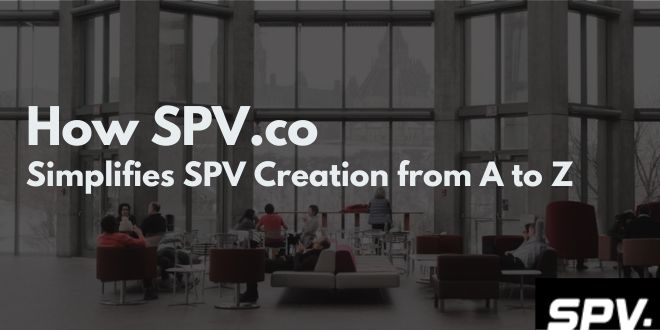
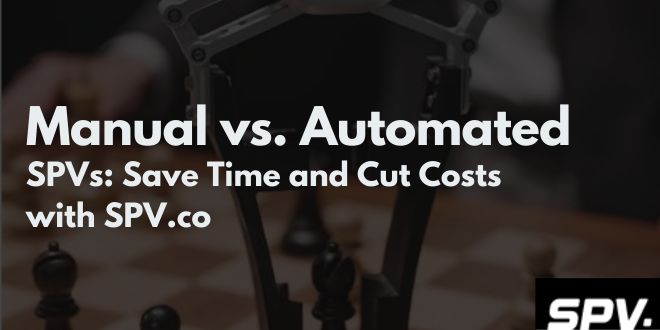
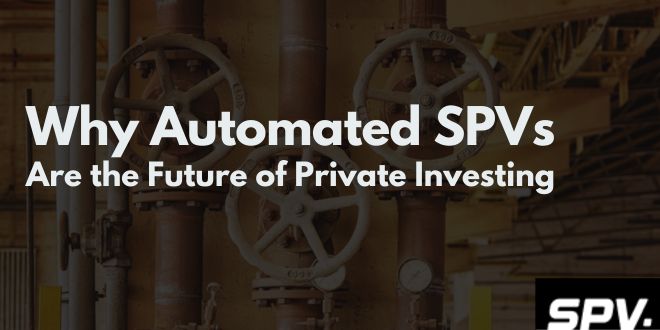
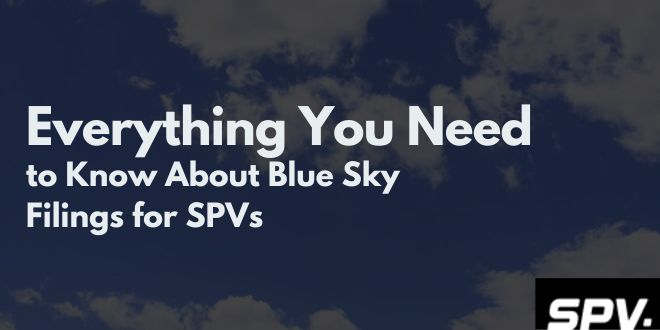
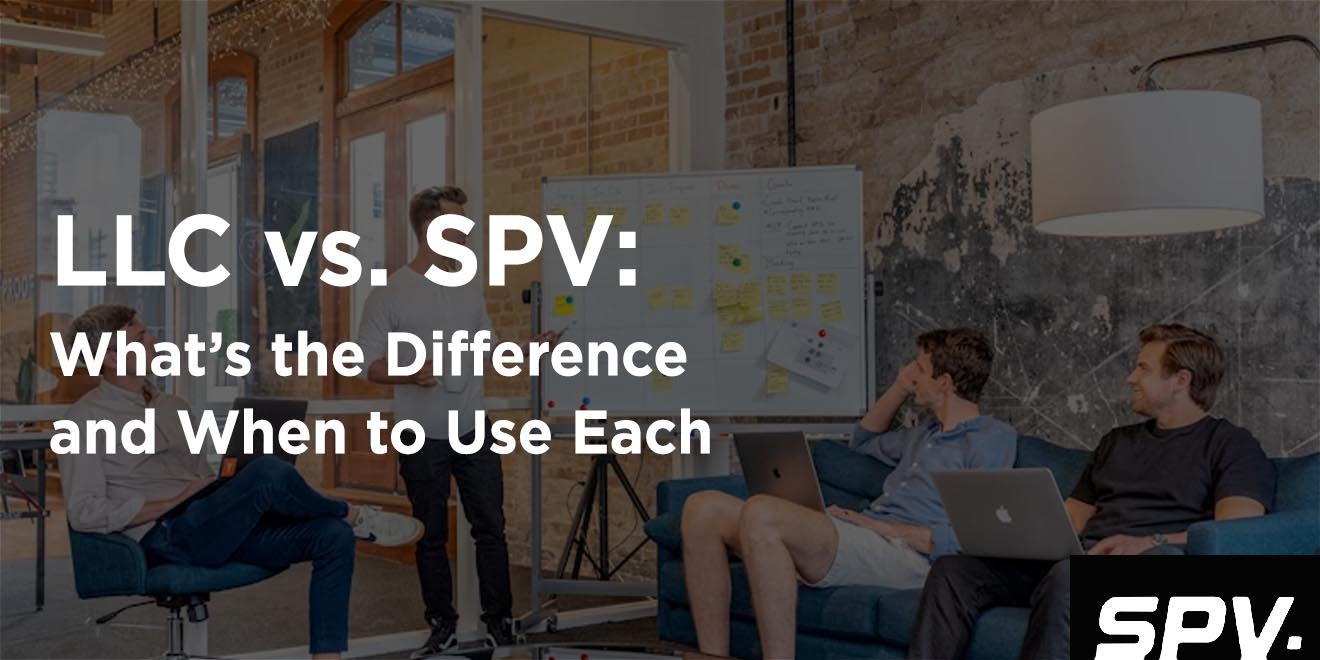
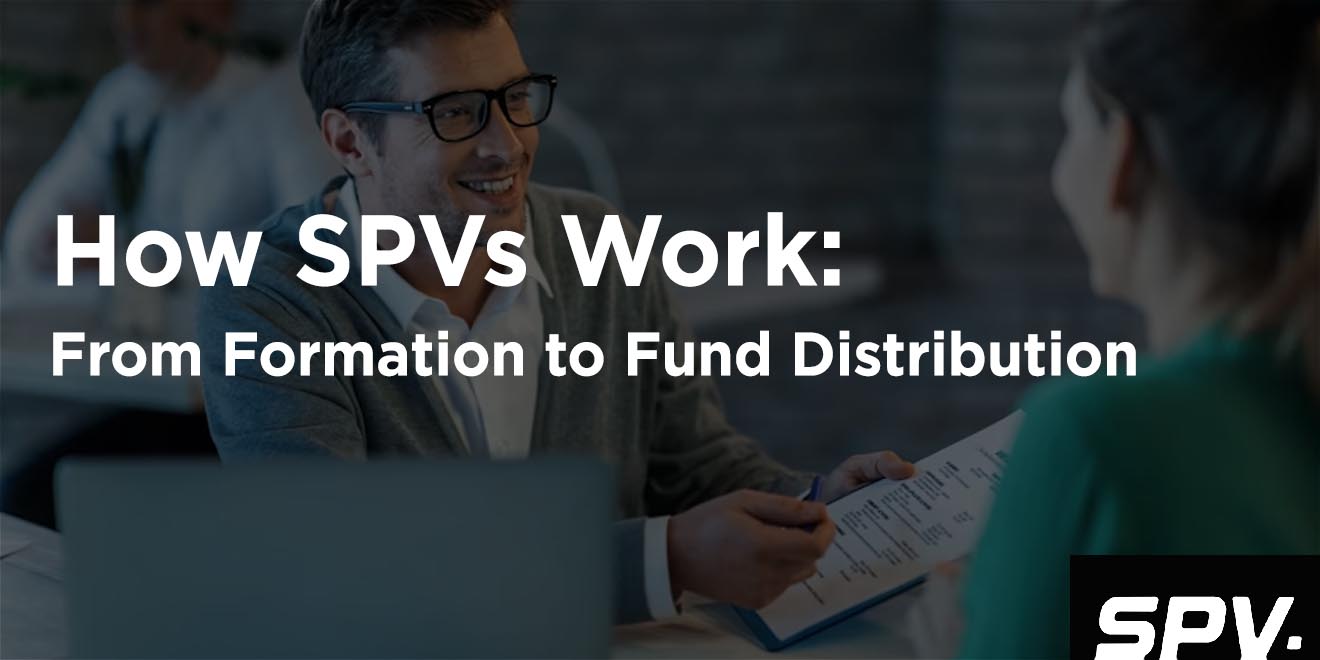
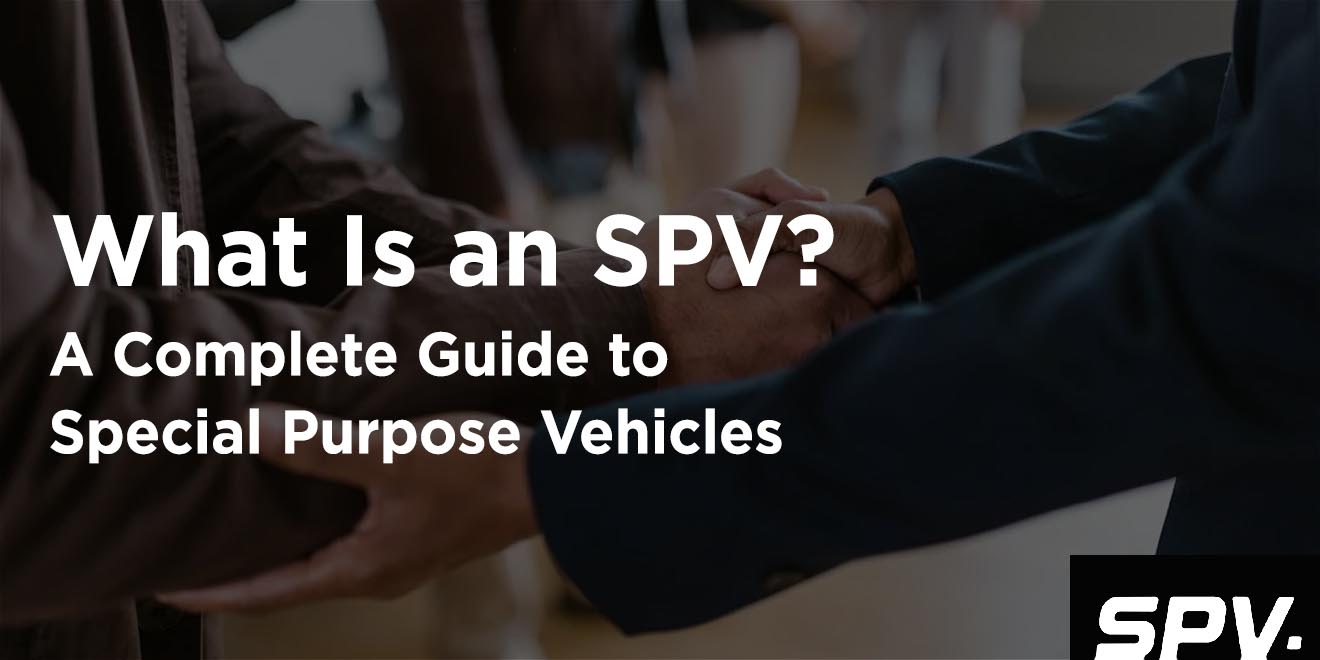
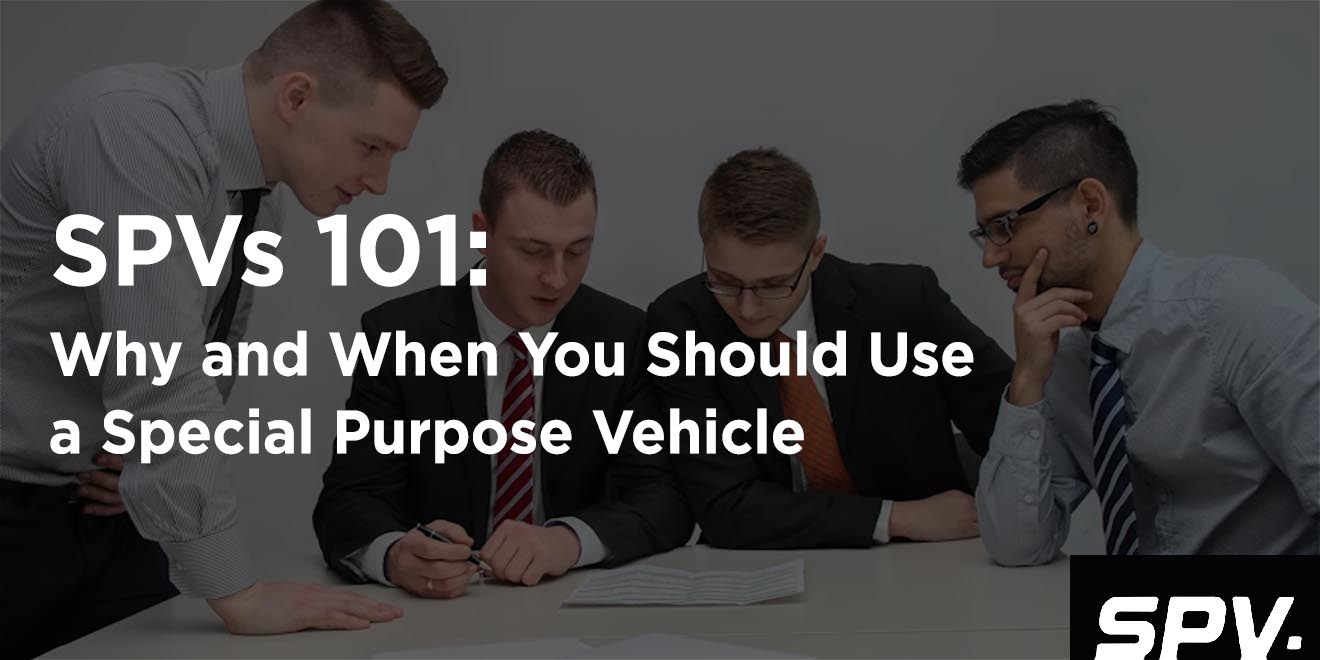

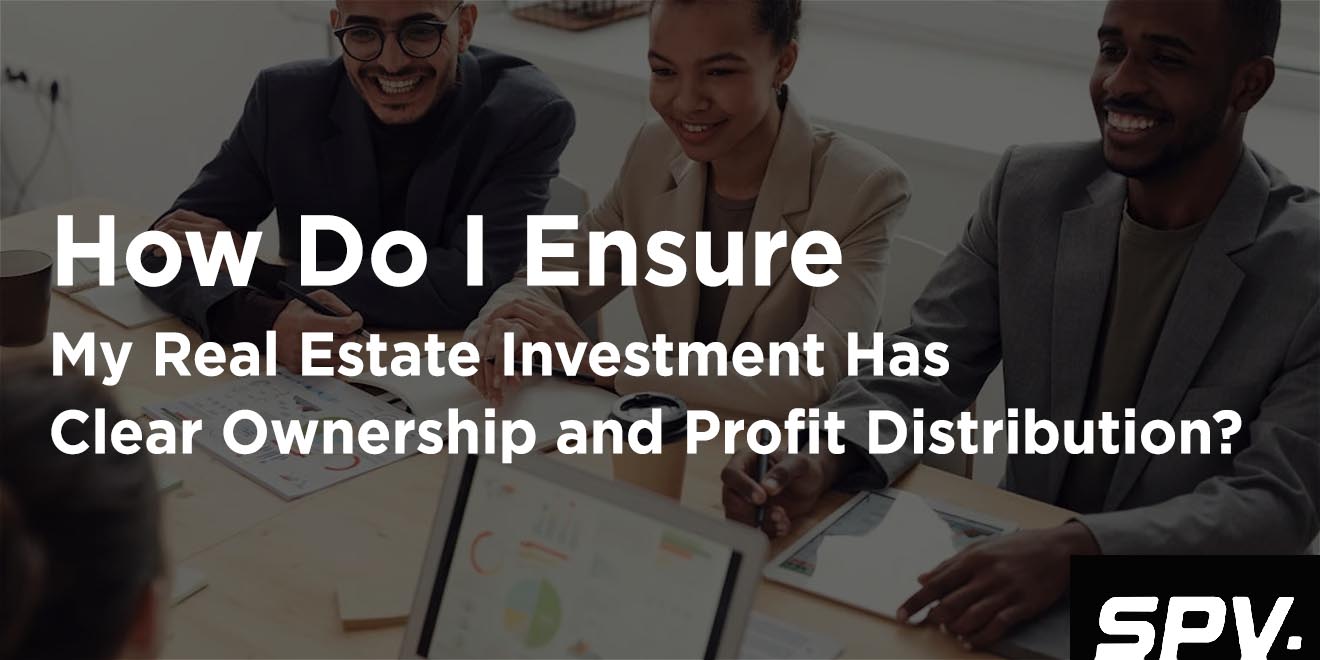
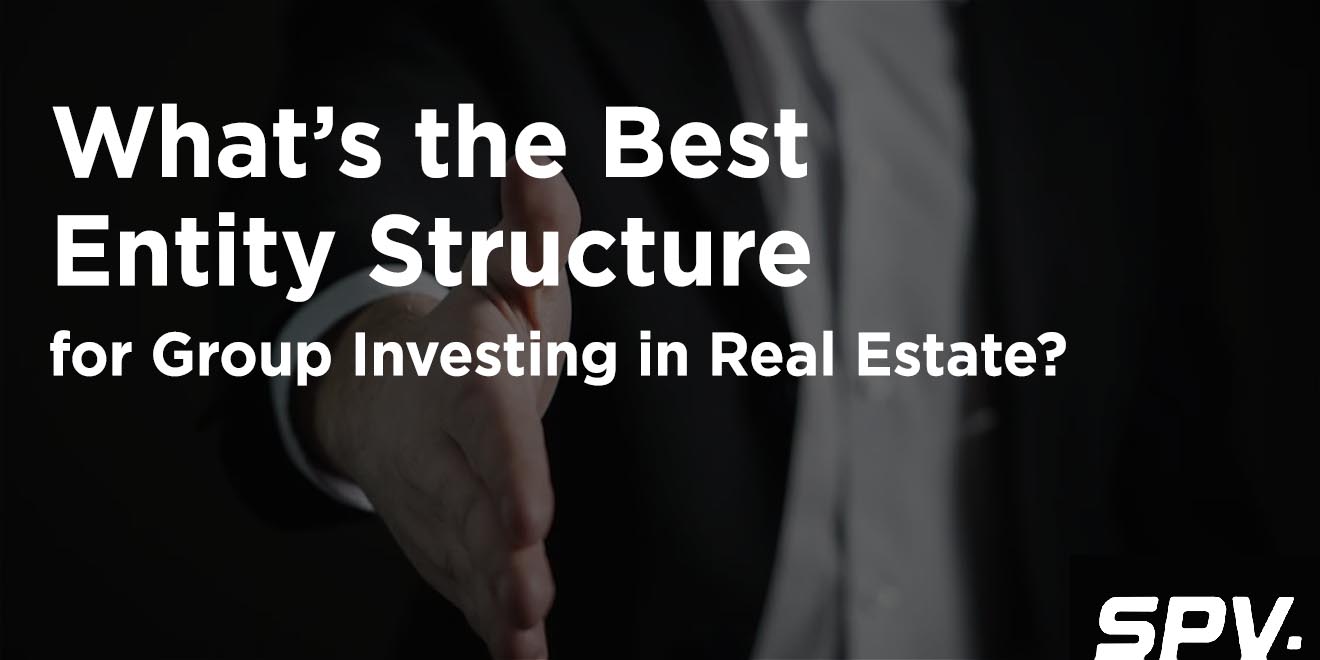


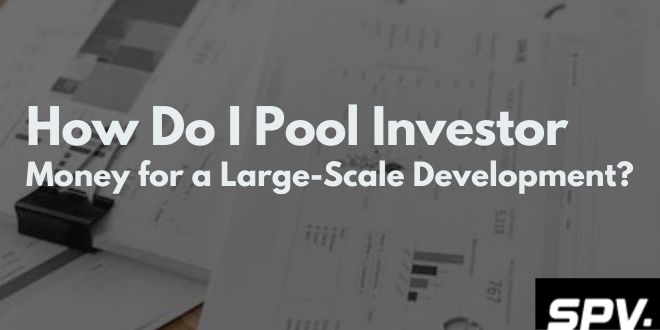


.jpg)










.jpg)




.jpg)





